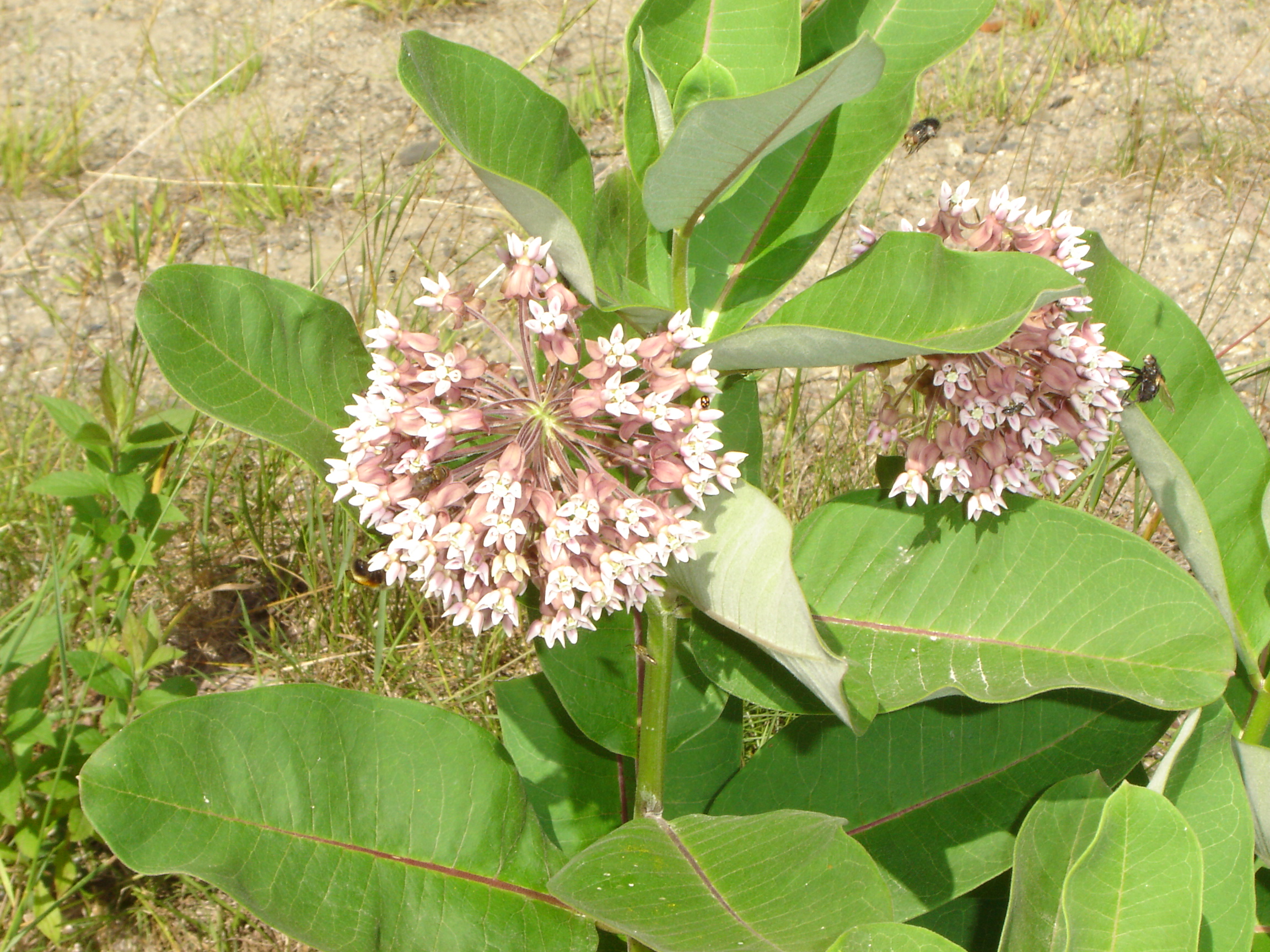Difference between revisions of "Translations:AY Honors/Edible Wild Plants/Milkweed/1/es"
m (FuzzyBot moved page Translations:Adventist Youth Honors Answer Book/Edible Wild Plants/Milkweed/1/es to Translations:AY Honors/Edible Wild Plants/Milkweed/1/es without leaving a redirect: Part of translatable page "Adventist Youth Honors Answer Book/Edible Wild Plants/Milkweed") |
|||
| (One intermediate revision by one other user not shown) | |||
| Line 1: | Line 1: | ||
</noinclude> | </noinclude> | ||
| − | {{EWP | + | {{EWP |
| name = Algodoncillo (Asclepia) | | name = Algodoncillo (Asclepia) | ||
| image = Asclepias syriaca.jpg | | image = Asclepias syriaca.jpg | ||
Latest revision as of 16:35, 7 September 2021
Algodoncillo (Asclepia)
Descripción: El algodoncillo es una planta herbácea perenne que crece de un rizoma de 1-2 m de altura. El tallo es muy peludo y todas las partes de la planta produce un látex blanco cuando se rompen. Las hojas son lanceoladas ovadas opuestas, simples y amplias, 7-25 cm de largo y 3-12 cm de ancho, usualmente con un margen ondulado y una vena principal de color rojo. Tienen un pecíolo muy corto y una parte inferior aterciopelada. Las flores se agrupan en varias umbelas esféricas con numerosas flores en cada umbela. Las flores individuales son pequeñas, de 1-2 cm de diámetro y perfumadas. Las semillas están adjuntas a pelos blancos largos y sedosos y encerradas en vainas grandes.
Dónde se encuentra: Se encuentra en la mayor parte de Norteamérica al este de la montañas Rocky Mountains, con la excepción de las partes más secas de las praderas. Crece en suelos arenosos y le gusta mucha cantidad de luz solar.
Disponibilidad: Primavera, verano
Uso: Los tallos, brotes, hojas, flores y vainas son comestibles, pero se deben cocinar primero. Las flores se pueden sumergir en la masa y freír, y las otras partes se pueden hervir por unos minutos. No es necesario hervir algodoncillo en cambios repetidos de agua.

